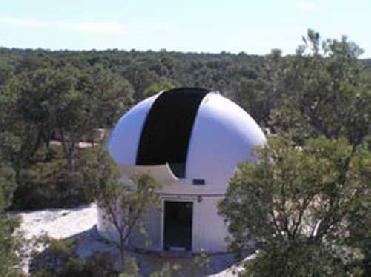
he Zadko telescope. Gravity Discovery Centre image
SYDNEY (BNS): As a coincidence in the International Year of Astronomy, scientists at the University of Western Australia (UWA) have recorded a massive gamma ray burst that happened 11 billion years ago, long before the planet was formed.
David Coward, UWA Senior Research Fellow and Zadko Project leader said that as if seeing one of the biggest explosions in the universe wasn't dramatic enough, there was a catastrophic computer crash that night too.
Coward said that as they had nothing to record the images with, team member Timo Vaalsta used a cheap video camera instead of the sophisticated astronomy camera that wasn't working. �We were able to capture images of the event before the European Southern Observatory, the site of the most expensive and biggest telescopes in the world,� Coward said.
The UWA scientist said that if a similar explosion happened in the galaxy today, it could result in mass extinctions on Earth. �In fact, the explosion was about a billion times brighter than the Sun, however, one was lucky that they occurred more frequently in the very distant universe,� he said.
Remarkably, the UWA Physics team was not sure that they had captured the explosion until weeks later. By comparing the image of the sky using the NASA satellite location, they discovered a faint glow that shouldn't be there, right at the location later reported by the European Southern Observatory. This glow they found is the signature of a remarkable event - the death of a star and the birth of a black hole.
The Zadko Telescope was the only facility in Australia to detect the 11 billion-year-old light from this one off event. After the observations were reported to NASA, it distributed the report to other observatories across the world in December.
�The image we recorded is a window in time, allowing us to peer into the distant past to a time when the universe was very exotic. We are discovering the richness of this transient universe, one that is filled with brief but extremely bright flashes,� Coward said.
UWA Vice-Chancellor, Professor Alan Robson, said that the Zadko Telescope put the University on the threshold of an exciting venture that would create a new profile in robotic astronomy in Western Australia. The telescope was linked to a global network of telescopes in direct communication with NASA's Swift satellite ground station, which helped direct the Zadko Telescope to the sky-positions of gamma ray bursts.
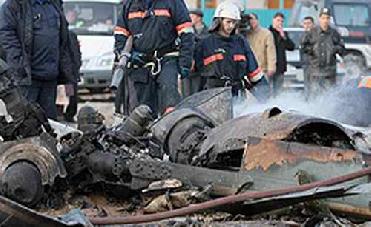 Previous Article
Previous Article Next Article
Next Article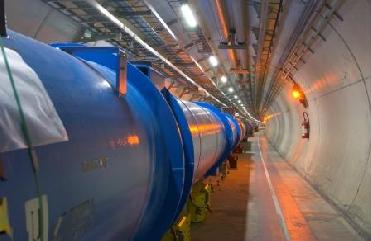
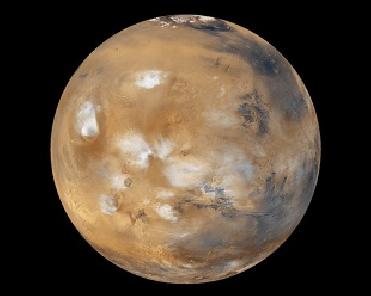
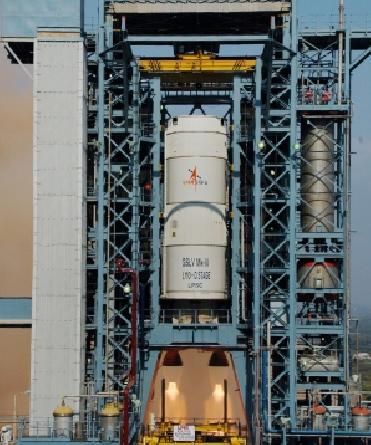










The Indian Air Force, in its flight trials evaluation report submitted before the Defence Ministry l..
view articleAn insight into the Medium Multi-Role Combat Aircraft competition...
view articleSky enthusiasts can now spot the International Space Station (ISS) commanded by Indian-American astr..
view article